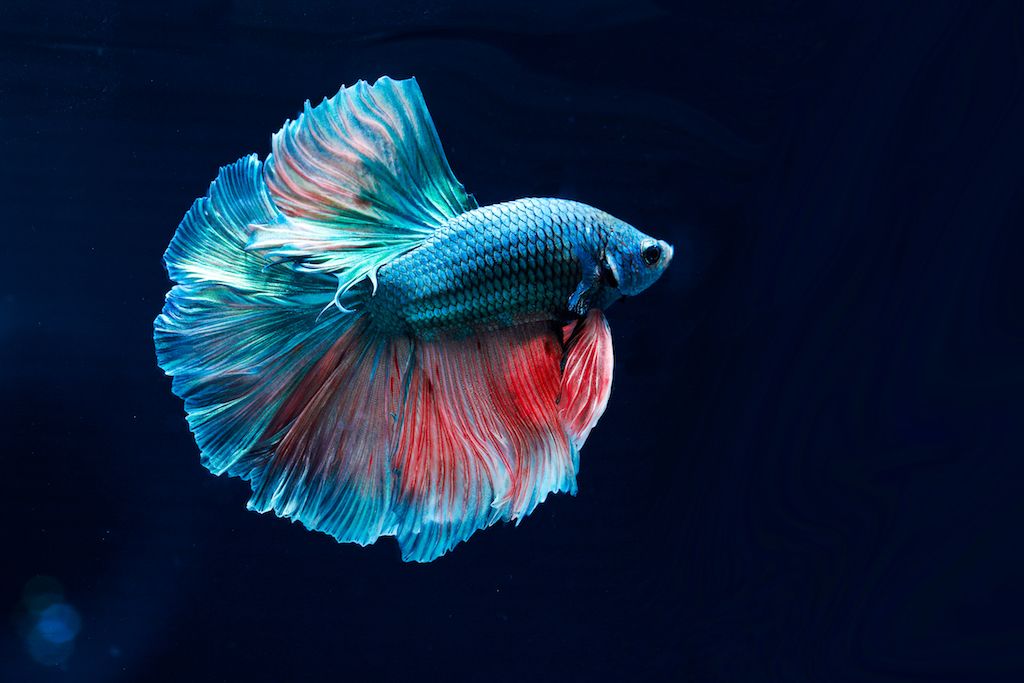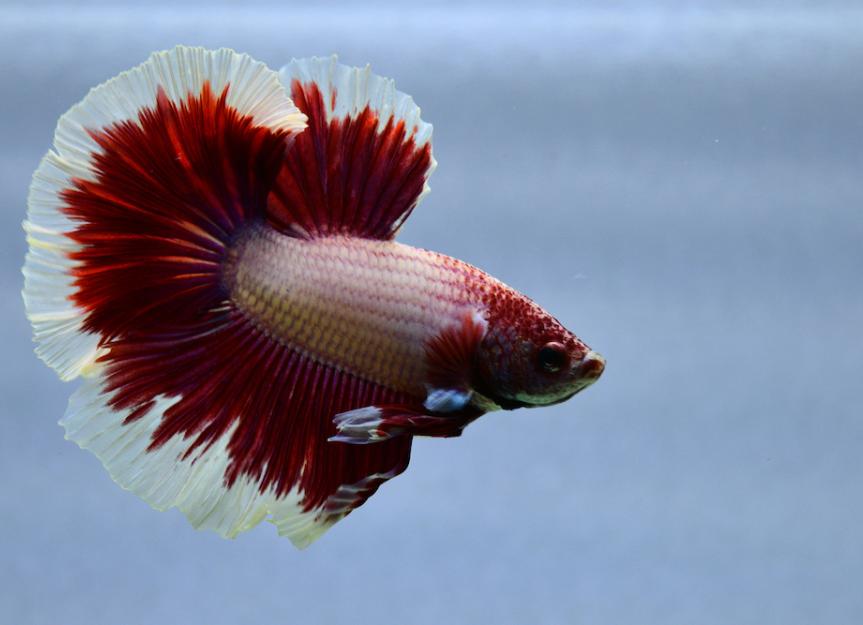The Ultimate Betta Fish Treatment Overview for New Family Pet Owners
The Ultimate Betta Fish Treatment Overview for New Family Pet Owners
Blog Article
Breeding Betta Fish: a Comprehensive Step-By-Step Overview to Successfully Raising Infant Bettas From Eggs to Their Adult Years
Breeding Betta fish is a careful undertaking that calls for mindful planning and implementation to make sure the effective development of fry from eggs to develop fish. Picking genetically diverse breeding sets with desirable qualities is only the beginning; developing an ideal environment and recognizing the complexities of the breeding process are just as essential. As the male Betta carefully constructs a bubble nest and guards the priceless eggs, the subsequent stages of care and shift demand interest to detail and understanding of finest methods. How does one navigate the tough yet rewarding path of supporting these vivid animals to their adult years?

Picking Reproduction Pairs
When getting started on the trip of breeding Betta fish, choosing the best reproduction pairs is critical to attaining desirable attributes and a healthy lineage - betta fish. The initial step in this process is to recognize the specific characteristics you want to improve or protect, such as color, fin kind, and physique. It is necessary to pick genetically diverse sets to prevent inbreeding, which can lead to wellness concerns and unfavorable characteristics
Review possible breeding candidates thoroughly. A healthy and balanced male Betta ought to exhibit vibrant shades, an energetic attitude, and well-formed fins, while the lady must additionally display vivid coloration and a rounded belly, showing preparedness for spawning. Observing the temperament of both fish is vital, as aggressive or overly timid individuals might not breed effectively.
Maintaining records of the parent fish's ancestry can assist you track hereditary attributes and prospective problems. Eventually, spending time in the option procedure will considerably enhance the possibility of generating solid, dynamic spawn that fulfill your reproduction objectives.

Preparing the Breeding Tank
Producing an optimal reproduction atmosphere is a crucial step after picking ideal sets for Betta fish. The reproduction storage tank must be especially designed to give convenience and promote the natural breeding behaviors of the fish. Beginning with a container dimension of a minimum of 10 gallons to make certain appropriate space for both the male and female Bettas.
Keep a gentle purification system to keep the water clean while staying clear of solid currents that can stress the fish. Additionally, an air stone can be added to provide oxygenation without interfering with the water surface area excessive.
Temperature level regulation is critical; go for a steady series of 78-82 ° F(25-28 ° C) using a trustworthy heating system. The pH level must be kept in between 6.5 and 7.5, and routine water changes are required to make sure high water high quality.
Incorporate try this out drifting plants or spawning mops to develop hiding spots for the woman, while also motivating bubble nest building by the male - betta fish. Make sure the storage tank is cost-free from sharp decors and any type of prospective dangers, as the well-being of the fish ought to always be prioritized during this critical stage of breeding.
The Breeding Refine
Typically, the breeding process for Betta fish entails a collection of unique and observable behaviors that suggest preparedness for reproduction. The male Betta starts by constructing a bubble nest at the water's surface, which acts as a website for the fed eggs. This nest is crucial, as it supplies a risk-free atmosphere for the eggs till they hatch.
As soon as the nest is developed, the man will certainly show courtship actions, such as flaring his fins and showing vibrant colors to attract the lady. The woman, upon picking up the male's readiness, will respond by showing upright red stripes along her body, signaling her receptiveness.
The fed eggs then drop to the bubble nest, where the male very carefully collects and returns them to the nest. Following this, the male assumes obligation for protecting the nest and making certain the security of the eggs up until they hatch out, normally within 24-36 hours.
Caring for Betta Fry
Taking care of Betta fry requires careful focus to their setting and nutrition to make sure healthy and balanced growth and development. After hatching out, Betta fry are incredibly tiny and at risk, necessitating a stable and tidy environment. Preserving a water temperature between 78 ° F and 80 ° F is essential, as Betta fry grow in warm conditions. Furthermore, ensure that the water is cost-free of dangerous toxic substances; normal water adjustments of 10-20% are suggested to maintain optimal water quality.
Feeding Betta fry is just as crucial. Feed them little quantities a number of times a day, being cautious not to overfeed, which can lead to water top quality concerns.
Transitioning to Adult Bettas
As Betta fry fully grown, transitioning them reference to grown-up Bettas is a critical stage that calls for mindful administration of their setting and social interactions. This process usually begins when the fry reach around 6 weeks of age, whereupon they can be gradually introduced to an extra organized living atmosphere.
To promote this transition, it is vital to guarantee that the water parameters-- such as temperature level, pH, and ammonia levels-- are optimum and secure. Grown-up click to find out more Betta fish flourish in cozy water (around 78-80 ° F) with a pH of 6.5 to 7.5. Gradually accustom the fry to these conditions to decrease tension.
Social communications are one more vital element; man Bettas are notoriously territorial and hostile. For that reason, it is suggested to separate men into private containers as they mature. Female Bettas can be housed with each other, but care ought to be required to monitor for indications of aggressiveness.
Additionally, nutritional changes should be made as the fry grow. Incorporate top notch pellets and live foods to sustain their growth and health. By handling these factors efficiently, you can advertise a successful change to adulthood for your Betta fish.

Final Thought
Successful breeding of Betta fish calls for cautious attention to information throughout the entire procedure, from choosing genetically diverse pairs to offering optimum care for fry. Additionally, a well balanced diet and steady adaptation to grown-up environments are crucial for the development and development of Betta fish.
Report this page